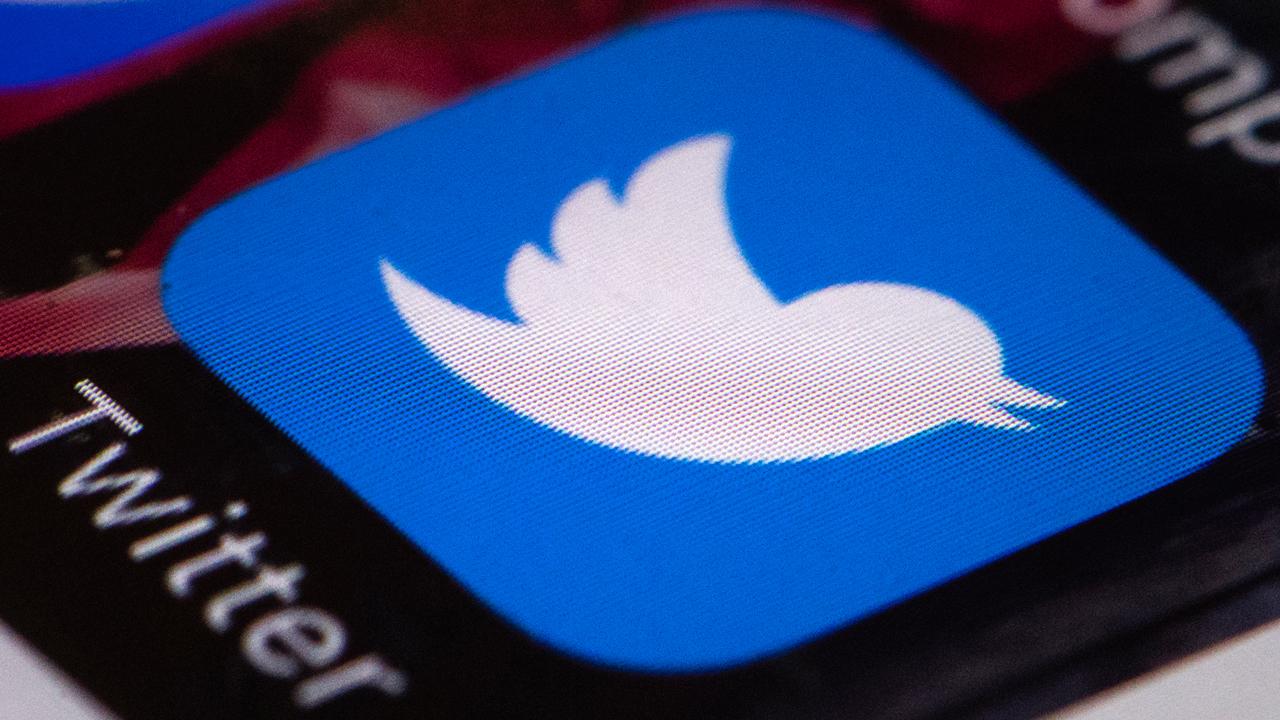Twitter CEO admits platform does divide people
Jack Dorsey, the founder and CEO of Twitter, has admitted in an interview that the microblogging platform has facilitated division -- and worse -- among users.
The tech mogul talked, in an interview with Rolling Stone, about the evolution of the site he helped create and how it has received criticism for facilitating divisiveness, abuse and hate among users.
Since Dorsey co-founded the site in 2006, Twitter has amassed hundreds of millions of users around the globe who log in to the app several times a day.
Dorsey also admitted, as have other users, to being addicted to the platform.
He said he originally conceived of Twitter as a way for everyone to have a voice.
But in the years since its beginning, Twitter has in some ways become a place for hateful rhetoric, with users more divided than ever, said the Daily Mail.
“I feel the weight of how our tool is used in society and how it's been used for good and how it's used for stuff I'm not proud of,” Dorsey told Rolling Stone. “We definitely create isolation. We definitely make it easy for people to confirm their own bias.”
Complaints of internet addiction have become so common that Dorsey said he and others at Twitter are thinking of changing the platform to prevent it.
“We're actually thinking about what happens if we remove the 'like' counts,” Dorsey said.
Twitter has rolled out a raft of anti-harassment tools and taken steps to remove accounts that violate its policies, but many users still want the company to do more.
Dorsey also explained that the company is still trying to find the right ways to deal with misinformation on the site.
“We can't be arbiters of truth. I think that would be dangerous for anyone to want us to be,” Dorsey said.
He said the company is turning its focus toward misleading information, which "intends to lead someone in a particular direction."
CLICK HERE TO GET THE FOX BUSINESS APP
“I don't think we should just say, 'The network takes care of itself,''' Dorsey said.
“We need to say, 'How do we not determine true or false, but how do we determine, is it misleading?' Then, 'How do we stop the dissemination of misleading information before it reaches significant exposure?'”




















